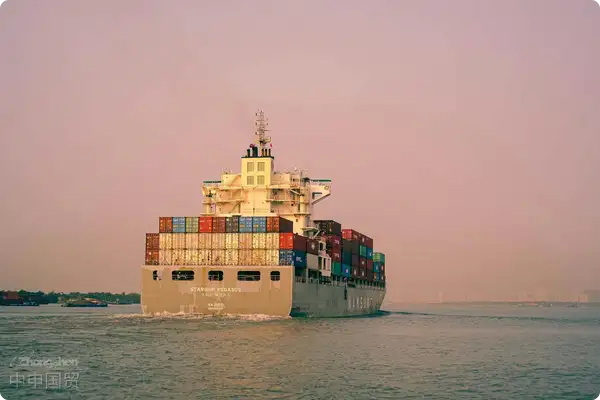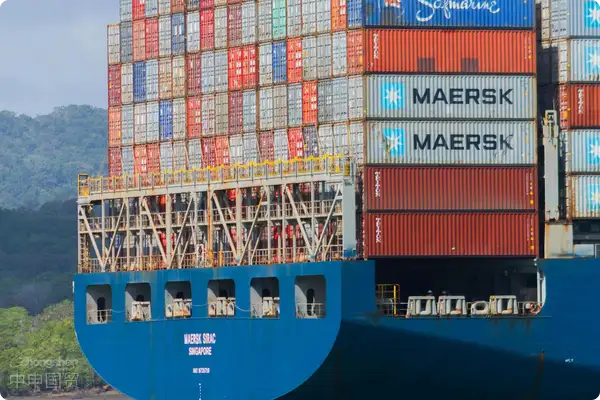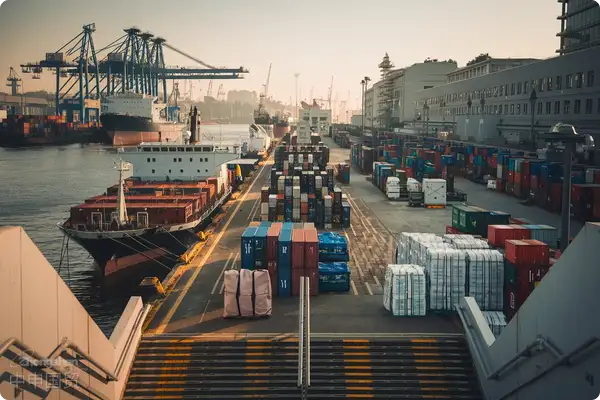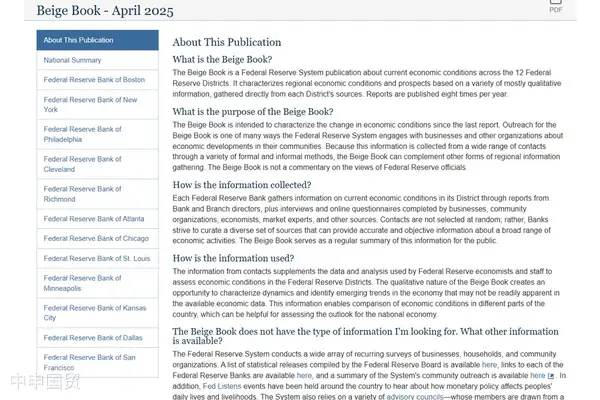- Shanghai Zhongshen International Trade Co., Ltd. - Two decades of trade agency expertise.
- Service Hotline: 139 1787 2118
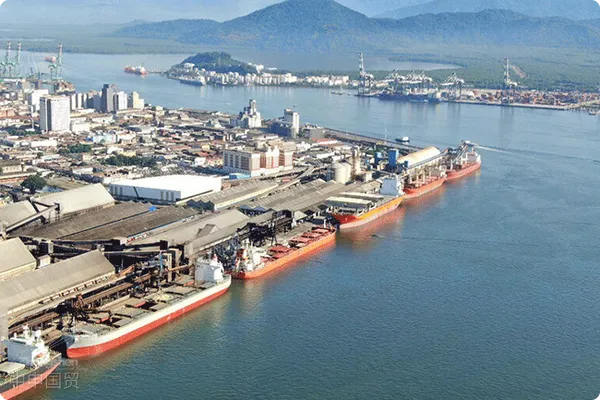
EquipmentImport RepresentationThe key value of services
Against the backdrop of global supply chain restructuring in 2025, the service value of professional customs declaration agents has evolved from simple clearance operations to encompassRisk Control,Professional supportandTime efficiency managementsystem engineering. Taking the import of used CNC machine tools as an example, professional agents can reduce average clearance time by 40% through 12 core tasks including precise HS code classification,It is recommended to verify through the following methods:explicit verification, and matching with electromechanical access catalogs.
Three Core Dimensions of Qualification Review
- Business qualification verification
- AEO-certified enterprise by General Administration of Customs (new 2025 requirements)
- Specialized record for electromechanical product import agency
- Cross-border payment foreign exchange management qualification
- Industry-specific certifications
- ADN certificate for dangerous goods transportation (applicable to hydraulic equipment)
- CE certification testing cooperation laboratory qualification
- Customs record filing
- No major compliance violations in the past three years
- Specific commodity classification accuracy rate >95%
Service capability evaluation system
Professional agents should possessEnd-to-end risk control system, including:
- Pre-classification dispute resolution mechanism (average processing time ≤3 working days)
- Dutiable value assessment dispute response plan
- Port congestion crisis rapid response team
Taking the import case of a German precision instrument as an example, professional agents successfully avoided 30-day port congestion risks caused by ECCN export control classification errors through advance technical parameter review.
Hidden cost control points
- Fee structure transparencyWarning: 6 potential charges in all-inclusive price
- Late declaration penalty calculation base date setting
- Container demurrage advance payment service rate
- Tax optimization potentialThree conditions required for utilizing free trade agreement tariff reductions
- Certificate of origin format compliance
- Direct transportation rule conformity
Emergency handling capability verification
Require agents to provide cases handled in the past two yearsThree types of typical cases:
- Customs classification dispute resolution cases (must include tax supplement amounts >500,000 yuan)
- Mechanical and electrical access catalog adjustment response cases
- Used equipment pre-shipment inspection failure rectification cases
Special contract clause provisions
Recommended to specify in service agreementsFive Key Clauses:
- HS code dispute handling time limits and responsibility allocation
- Responsibility attribution for pre-ruling application failures
- Port congestion loss sharing ratio caused by document defects
- Compensation standards for incorrect application of free trade agreement tax rates
- Sensitive technologiesEquipment ExportControl compliance guarantee
Practical Steps for Vendor Screening
- Initial Screening Phase: Verification of Customs Enterprise Credit Publicity System Filing Information
- Capability Verification: Request for Provision of Specificequipment. For example, Indonesia has the SNI certification, Thailand has the TISI certification, and the Philippines has the BPS certification. It is necessary to confirm in advance the equipment voltage (such as 380V/50Hz in Thailand), the compatibility of the CE certification, and the proof of environmentally friendly materials.Complete Document Samples
- Cost Testing: Comparison of Tariff Calculation Logic Differences Among Different Agents
- Emergency Simulation: Issuance of Virtual Contingency Response Plans
The Essence of Choosing a Professional Equipment Import Agent is to EstablishA Full Supply Chain Risk Firewall. It is recommended that enterprises establish a supplier evaluation system comprising 15 assessment indicators, focusing on key metrics such as the success rate of customs dispute resolution and the fluctuation coefficient of customs clearance efficiency for specific goods, to ensure compliance and cost-effectiveness in cross-border equipment import projects.
Related Recommendations
Core Business
Contact Us
Email: service@sh-zhongshen.com
Related Recommendations
Contact via WeChat

? 2025. All Rights Reserved. Shanghai ICP No. 2023007705-2  PSB Record: Shanghai No.31011502009912
PSB Record: Shanghai No.31011502009912

